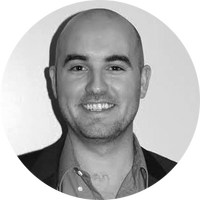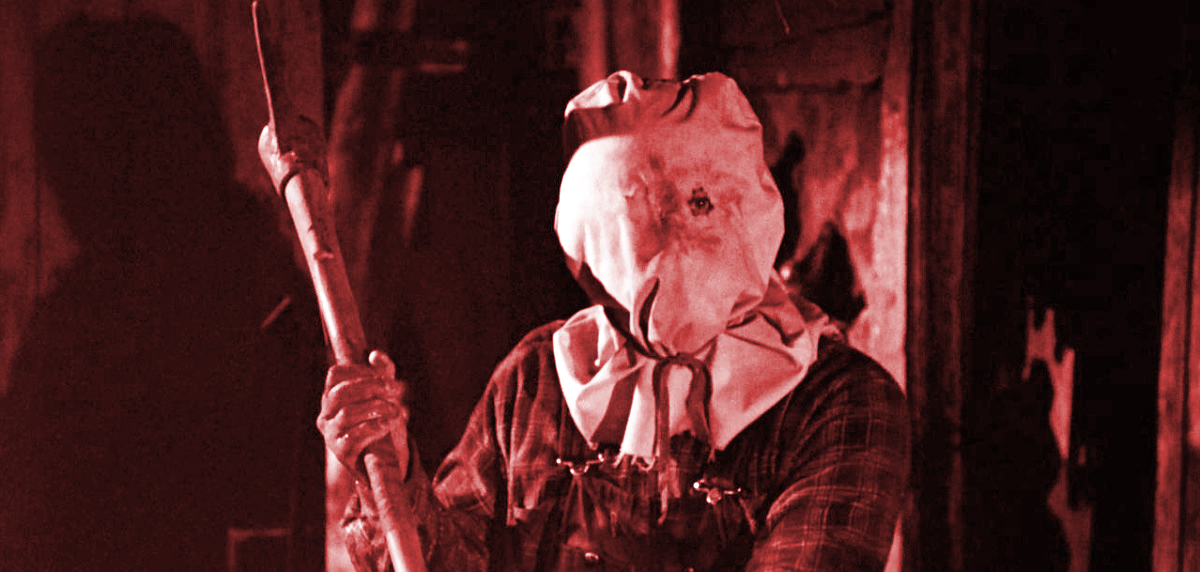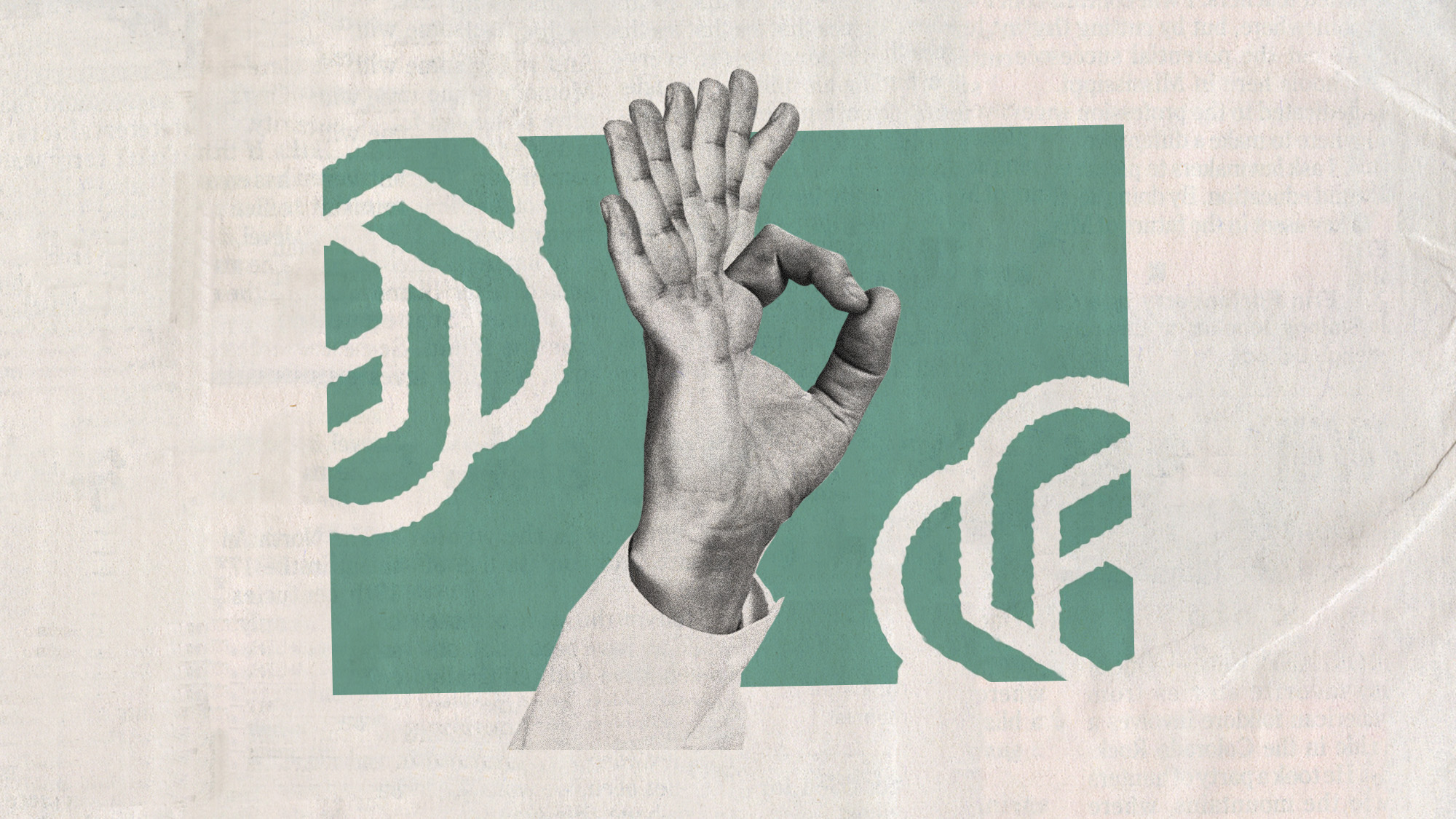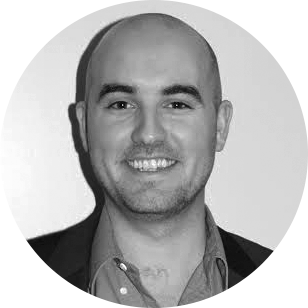Friday the 13th Part 2: How a young franchise took its first steps toward creating a horror icon
How do you make a sequel to a movie that never needed one? By changing all the rules.


This is the second article in a series that began with "How Friday the 13th accidentally perfected the slasher movie."
How do you make a sequel to a rip-off? At 10 sequels and counting, it might sound ridiculous to say that a second Friday the 13th movie posed a creative challenge — but in theory, no movie genre is less friendly to sequels than the slasher. Friday the 13th did its job: By the end of the movie, almost every randy teenager was hacked to pieces. Alice Hardy (Adrienne King), the sole survivor, used a machete to lop off the head of the killer, Pamela Voorhees. Like any good horror movie, they slipped in one last jump scare — but by any rational measure, the story was deader than dead.
There's a reason Friday the 13th ends so definitively: No one involved had any intention of making a sequel. The original Friday the 13th was created in pursuit of an easy buck, but the people responsible for bringing it to life never planned for more than a single film. What they didn't count on was Paramount Pictures, which would never let a movie that grossed $39.7 million on a $550,000 budget slip away so easily. Friday the 13th Part 2 was happening. The only question was how.
The Week
Escape your echo chamber. Get the facts behind the news, plus analysis from multiple perspectives.

Sign up for The Week's Free Newsletters
From our morning news briefing to a weekly Good News Newsletter, get the best of The Week delivered directly to your inbox.
From our morning news briefing to a weekly Good News Newsletter, get the best of The Week delivered directly to your inbox.
The behind-the-scenes tension over the sequel meant that the movie's creative team ended up as gutted as its cast by the times the camera rolled. One of the first major casualties was original director Sean Cunningham, who was strongly opposed to Pamela Voorhees' son, Jason Voorhees, returning as the killer in the second installment. "Having Jason come up out of the lake [at the end of the first Friday the 13th] was a device," Cunningham later explained in the series retrospective Crystal Lake Memories. "It was justifiable, but it wasn't meant to be the beginning of a story... I just didn't get it. Friday the 13th was reality-based. When you added Jason as a machete-wielding character, you're shifting to a mythological base."
Cunningham had a different vision for the future of the series: independent, disconnected sequels, connected only by the date Friday the 13th. (His idea would be tested a year later by the Halloween franchise.) As production on Friday the 13th Part 2 began, Cunningham was already wary of getting pigeonholed as a "horror director," and when producers insisted on a Jason-centric sequel, he left the project.
He wasn't alone. Years before Jason became the hockey-masked, machete-toting horror icon he is today, many of the people behind Friday the 13th balked at using Jason at all. Screenwriter Victor Miller, who preferred Cunningham's anthology-style concept for Part 2, sat the sequel out. Tom Savini, the makeup guru behind the original Friday the 13th's gory effects, turned down an offer to return. "For Jason to be around today means what?" he wondered. "He survived by living off of the crawfish on the side of the lake? For 35 years? Nobody saw this kid walking around and growing up?"
You can't really fault anyone involved for their skepticism; if you're the kind of person inclined to obsess over the continuity of a goofy slasher franchise, Part 2 presents some challenges. The first movie hinges on Pamela Voorhees' homicidal rage over the drowning of her son. If Jason was alive all along, her motives in Friday the 13th don't make any sense. And even if he was alive, he would still be just a kid, and it's hard to imagine an entire horror franchise built around a deformed, psychotic 10-year-old.
A free daily email with the biggest news stories of the day – and the best features from TheWeek.com
Friday the 13th Part 2 addresses these myriad storytelling problems by ignoring them, and hoping the audience will be forgiving or indifferent enough to ignore them, too. Steve Miner, an associate producer on Friday the 13th who stepped into the director's chair for Part 2, saw the potential in Jason Voorhees: "Who was that kid who came out of the lake? Was he a dream? Was he real?"
Before Friday the 13th Part 2 could relaunch the franchise, it had to fling a machete at everything that came before it. Part 2 begins by revisiting Alice Hardy, the sole survivor from the original film, as she wanders around her apartment. It's not a matter of if she'll get killed; it's a matter of when, and Miner luxuriates in a few false scares before the big reveal. In quick succession, Alice opens her fridge, finds someone has left Pamela Voorhees' head in it, and gets an ice pick jammed into her skull by a mysterious intruder. Smash cut to the Friday the 13th logo, which literally explodes to reveal the words "Part 2," in a symbolic act of demolition of the first film's basic premise.
Of course, rebooting Friday the 13th didn't mean departing from what people liked about Friday the 13th in the first place. Part 2 picks up five years after the original, with a new batch of idiotic, sexed-up teenagers staying at a camp next to Crystal Lake, where the first film took place. Our heroine is Ginny Field (Amy Steel), a child psychology major tasked with diagnosing the roots of the killer's psychosis. (Her armchair-psychiatrist explanation deserves the laughter it gets from her peers.) Other characters include goofball Ted (Stu Charno), wheelchair-bound Mark (Tom McBride), and skinny-dipper Terry (Kirsten Baker). I'd tell you more, but that's basically everything Part 2 establishes about them before it slaughters them in various grotesque ways.
In any case, it's obvious that the filmmakers put the most time and energy into Jason Voorhees himself, played here by two actors (Warrington Gillette and Steve Daskawisz). Part 2 finds Jason at an intriguing crossroads: unformed and more emotional than the unstoppable killer who emerges later in the franchise. Lacking his hockey mask, he wears a bag over his deformed face (though his taste in killing utensils remains unpredictable).
The cleverest bit in Part 2 is Jason's obsession with his mother — a kind of low-rent slasher riff on Anthony Perkins in Psycho. In a makeshift shack in the woods, Jason keeps Pamela Voorhees' head on an altar. When Ginny confronts him late in the movie, she pretends to be his mother, and there's a brief, strange moment of pathos when it becomes clear that he believes the one person who ever loved him has finally come back to him. That moment is only slightly undercut when he eventually sees through Ginny's ruse and swings a pickax at her head.
Friday the 13th Part 2 is a franchise caught mid-transformation. For all the elements cribbed from the first movie, you can see the early indications of what the slasher series will eventually become. In some cases, Part 2 is even stronger than the movie that spawned it. Miner is a better director than Cunningham; his suspense scenes are tenser, and his gags are campier and funnier. (One particularly witty cut snaps from a dog cornered by Jason to a hot dog sizzling on a grill.)
Unfortunately, Miner's movie was also cut to ribbons. The MPAA, which had been criticized for some of the content given a pass in the original Friday the 13th, demanded 54 seconds of cuts to secure an R rating, including several carefully engineered, gory effects.
The original Friday the 13th succeeded by pushing a young genre past what most people believed were the boundaries of good taste, and its box-office success didn't just inspire sequels — it inspired legions of imitators. If the franchise was going to remain on top of the slasher genre, it would need to push even further.
Coming next Friday the 13th: Jason gets his hockey mask in Friday the 13th: Part 3 in 3-D.
Scott Meslow is the entertainment editor for TheWeek.com. He has written about film and television at publications including The Atlantic, POLITICO Magazine, and Vulture.
-
 Biggest political break-ups and make-ups of 2025
Biggest political break-ups and make-ups of 2025The Explainer From Trump and Musk to the UK and the EU, Christmas wouldn’t be Christmas without a round-up of the year’s relationship drama
-
 Why 2025 was a pivotal year for AI
Why 2025 was a pivotal year for AITalking Point The ‘hype’ and ‘hopes’ around artificial intelligence are ‘like nothing the world has seen before’
-
 The best drama TV series of 2025
The best drama TV series of 2025the week recommends From the horrors of death to the hive-mind apocalypse, TV is far from out of great ideas
